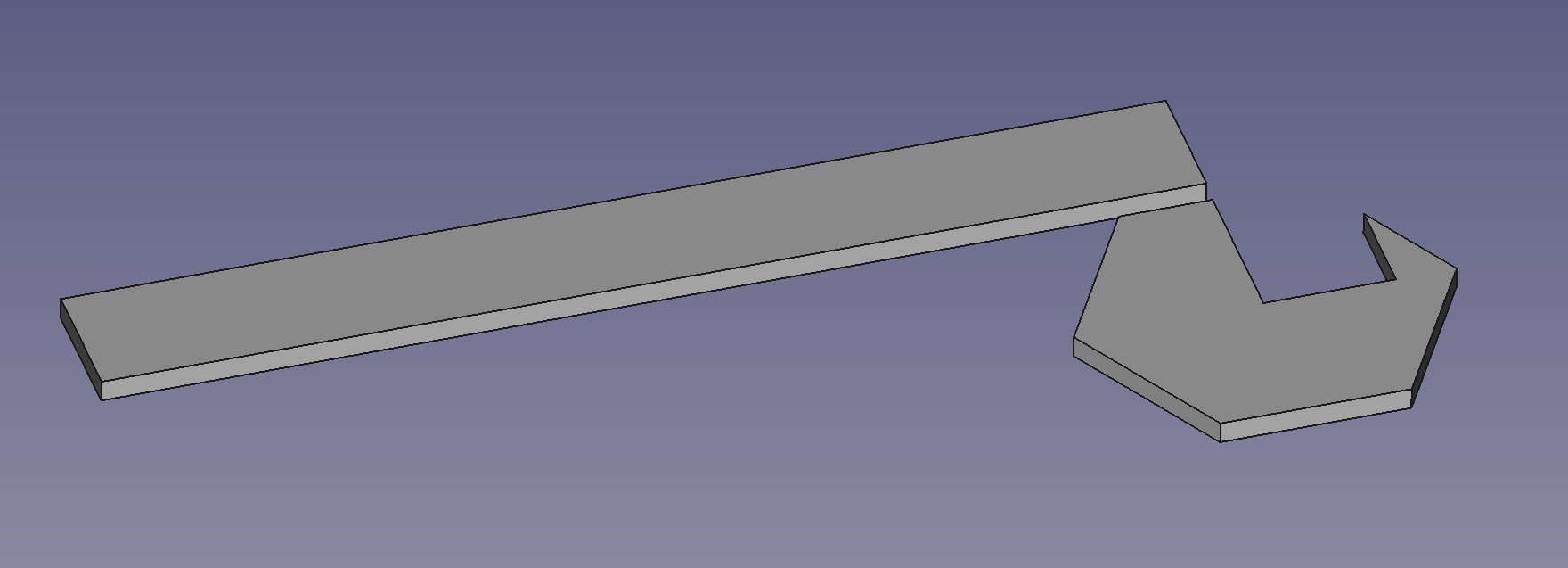Printing Slow
/..now with the words “half” and “Quarter”
I’ve been printing wordsearch clocks again. As you do. The first few prints were spectacularly unsuccessful, which was a surprise as my Bambu printer is usually super reliable. The problem was that the first layer that is printed is the white letters. These are very thin and I’ve always found that white filament tends to not stick as well as other colours. The result was a couple of very messy prints that I had to abandon. So, I tried slowing things down a bit.
This is the print speed menu in Bambu studio. You can change printing speed by height, so that the first few layers of a print can be printed very slowly giving the filament time to stick to the bed. I just print the first 4mm of the model at the low speed, but because this is one of the more complicated bits it added over an hour to the print time. But it also worked, which is nice. So now I can make white and black and black and white wordsearches.






























